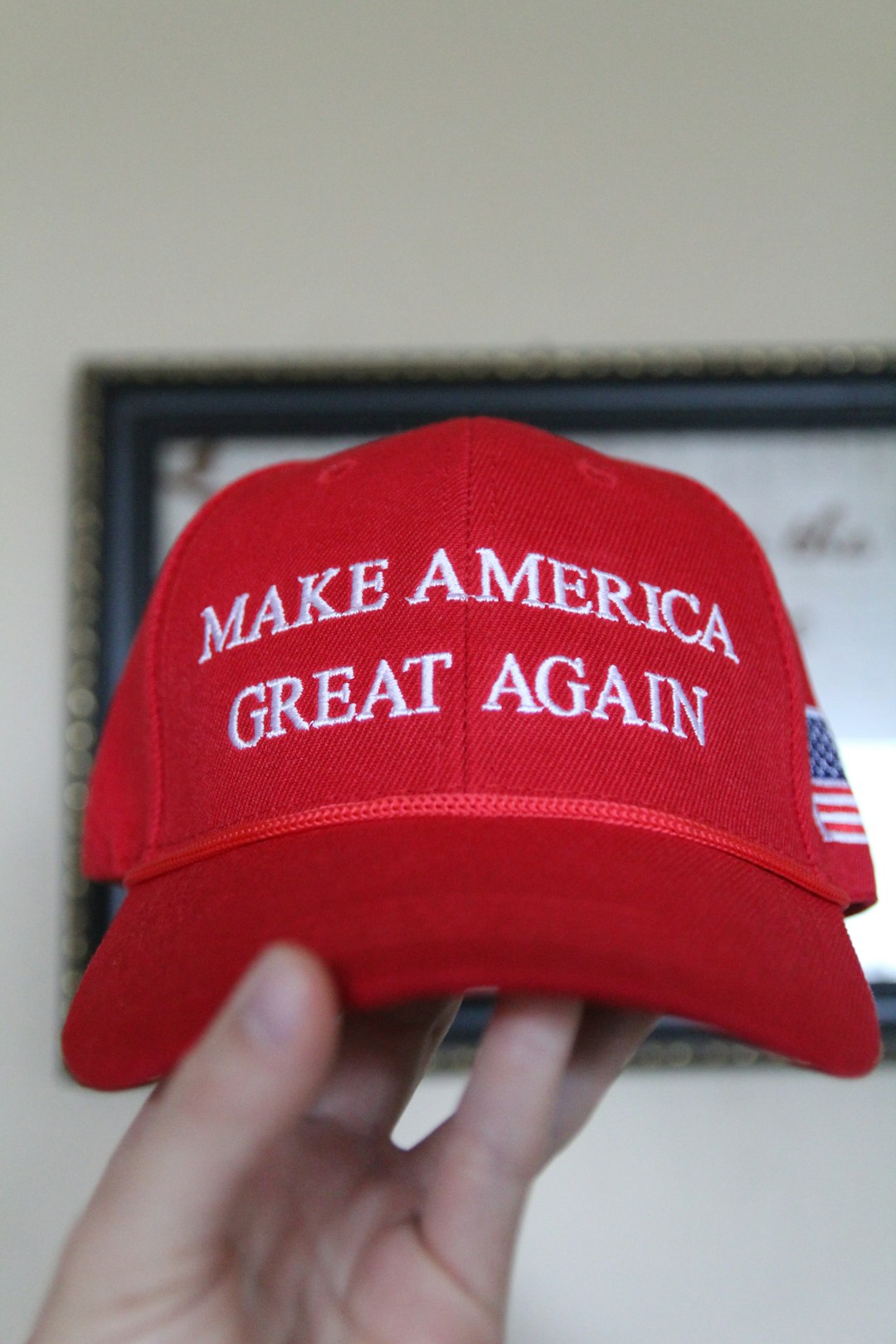
A Federal Court Ruling Reshapes the Trade Landscape — Temporarily
U.S. President Donald Trump’s controversial trade tariffs have been granted a legal reprieve. On Tuesday, the U.S. Court of Appeals for the Federal Circuit ruled that the White House can maintain its sweeping tariffs — at least for now. This decision extends a short-term stay that overturned a lower trade court’s ruling, signaling potential volatility ahead for global trade and U.S. markets.
The Legal Background: Emergency Powers vs Economic Harm
The court’s decision comes amid a high-profile legal clash. Several small businesses had previously sued the federal government, alleging that Trump’s use of emergency powers to impose steep import tariffs — dubbed “liberation day” duties — exceeded executive authority. They argued that the tariffs inflicted disproportionate economic harm and lacked sufficient justification.
But the appellate court sided with the administration’s defense: that ongoing global trade negotiations and national economic strategy take precedence over localized disruptions. Importantly, the ruling does not impact separate tariffs on steel and aluminum.
What the Tariffs Mean for Small Business and Global Markets
The central concern from business owners is clear: Trump’s tariffs inflate input costs, tighten supply chains, and reduce profit margins. For companies relying on imported goods or raw materials, the effect is immediate and significant.
Economists argue that the tariffs, though aimed at reducing the U.S. trade deficit, may backfire if retaliation from global partners triggers a full-blown trade war. The policy’s longer-term impact hinges heavily on trade negotiations due by July — when the 90-day postponement window closes.
Market Activity Reflects Tariff Uncertainty
As of midweek, equity markets have begun to price in uncertainty. Investors are closely tracking sectors vulnerable to tariff exposure — particularly consumer electronics, industrials, and small-cap importers.
One useful resource for identifying sectors experiencing elevated trading volumes during policy shake-ups is the Market Most Active API, which shows stocks with unusual market interest. During periods of tariff news, spikes in trading volumes often precede larger market moves.
Broader Economic Signals in the Tariff Era
Looking beyond equity markets, tariffs ripple across the macroeconomic landscape. Analysts are watching employment numbers, trade balances, and corporate earnings for early indicators of structural stress.
For forward-looking investors, the Economics Calendar API offers a streamlined view of scheduled economic releases — a crucial tool for tracking shifts tied to trade policy decisions. Data points such as import/export prices, consumer confidence, and GDP revisions can quickly signal the broader economic fallout of continued tariffs.
What Comes Next? A July Deadline with Global Implications
With the 90-day postponement set to expire in July, major global economies face a narrowing window for negotiation. Failure to secure deals could trigger the automatic re-imposition of Trump’s full tariff package — potentially reshaping global supply chains and capital flows.
As markets await clarity, investors should brace for heightened volatility across trade-sensitive assets. Whether the legal battles continue or new policy paths emerge, Trump’s tariff strategy remains a potent driver of market sentiment and economic strategy in 2025.
At CWEB, we are always looking to expand our network of strategic investors and partners. If you're interested in exploring investment opportunities or discussing potential partnerships and serious inquiries. Contact: jacque@cweb.com
